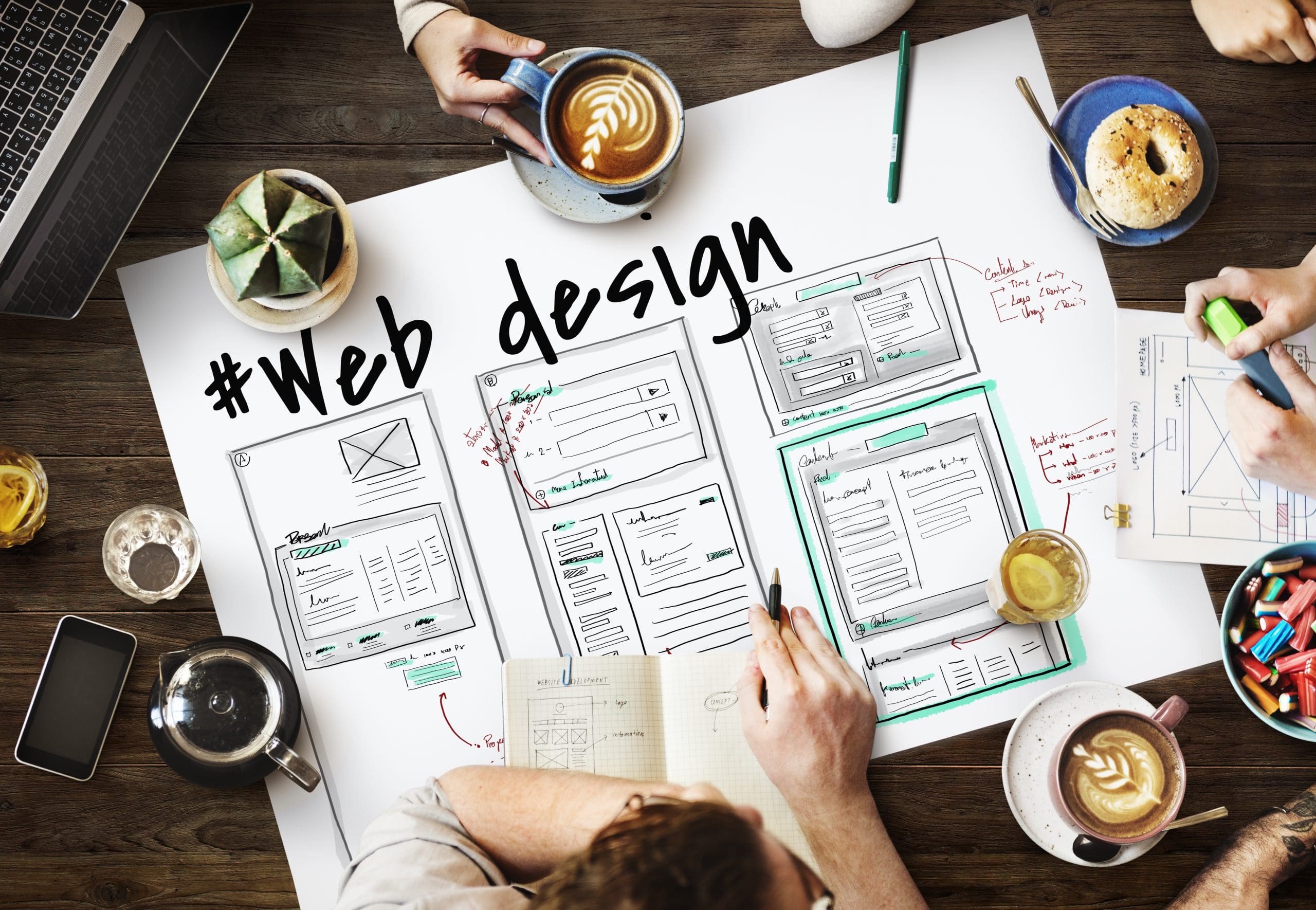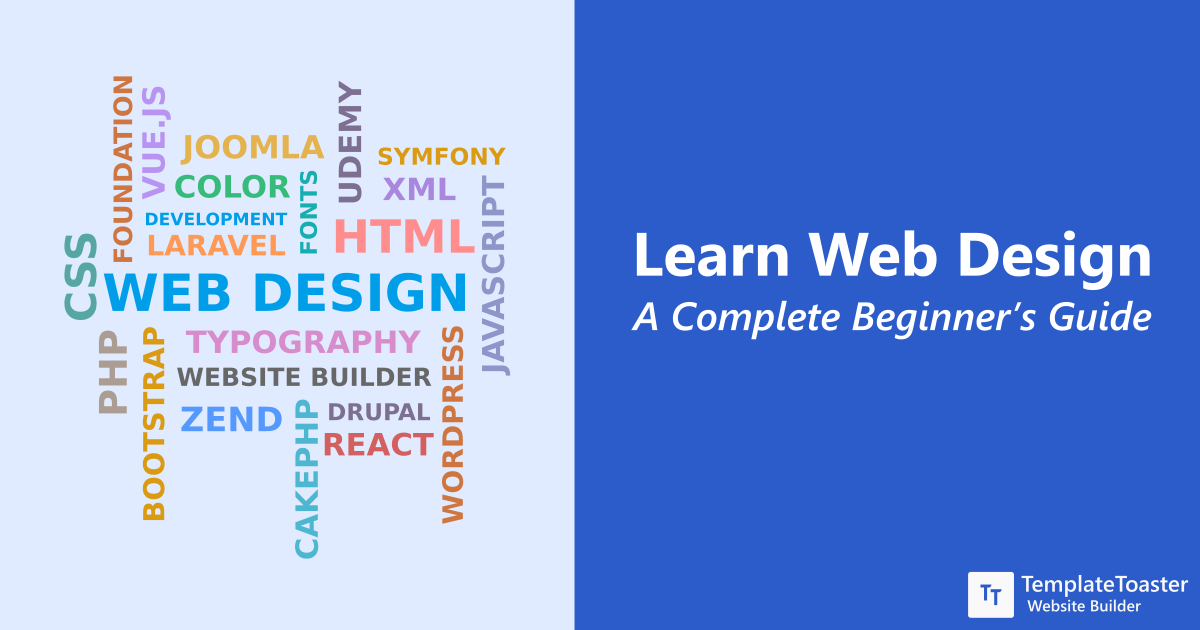Just How to Properly Incorporate Looks and Capability in Internet Design
When making a site, you need to strike an equilibrium in between aesthetics and capability. It's not just about looking great; your style should likewise offer a function and overview customers effectively. By focusing on simplicity and user-friendly navigating, you can produce an interesting experience. Yet what elements genuinely boost use while preserving visual charm? Allow's explore the crucial concepts that can cause a harmonious blend of beauty and function.
Understanding the Importance of Looks and Capability
Comprehending the balance between appearances and capability is vital for producing an effective customer experience when you create an internet site. An aesthetically attractive site grabs focus, however it's the functionality that keeps users involved. If your site looks great yet is challenging to browse, visitors will quickly weary and leave.Consider your target market and what draws them in. You intend to produce a layout that shows your brand name while making sure ease of usage. Streamlined designs, intuitive navigating, and clear contact us to action can boost both aesthetic appeals and performance.

Principles of Effective Website Design
To develop an efficient website design, you require to stick to several crucial principles that improve both user experience and visual appeal. Initially, prioritize simpleness; a tidy layout helps customers navigate easily. Make use of a constant shade plan and typography to keep coherence throughout your site. This cultivates familiarity and trust.Next, ensure your design is receptive. Users gain access to websites on different tools, so your design needs to adapt flawlessly. Take notice of visual power structure; highlight vital components with size, shade, or placement to assist customers' focus.Finally, incorporate sufficient white space. It stops clutter and makes content a lot more absorbable. Keep in mind, efficient website design equilibriums looks and performance, so every layout option need to serve a purpose. By complying with these concepts, you'll develop a website that's not just visually attractive however additionally user-friendly, ultimately keeping visitors involved and motivating them to return.
Focusing On Individual Experience
When prioritizing user experience, you'll wish to start by comprehending what your individuals really need. Streamlining navigating layout can make a huge distinction in just how quickly they discover what they're trying to find. Boosting aesthetic power structure assists direct their attention to the most important aspects on your site.
Understanding Customer Requirements
Comprehending user demands is necessary for creating an interesting web experience that maintains visitors returning. To achieve this, you have to recognize the objectives and preferences of your target market. Beginning by carrying out customer research study, like studies or interviews, to gather insights on what individuals worth most. Take notice of their discomfort factors and challenges when interacting with similar internet sites. This information enables you to customize your style, ensuring functionality straightens with customer expectations. Additionally, think about developing user identities that stand for various sectors of your audience, helping you picture their demands throughout the style process. When you focus on understanding user requirements, you produce a site that not just looks terrific yet additionally supplies a smooth, delightful experience that fosters loyalty.
Simplifying Navigating Layout

Enhancing Visual Pecking Order
A strong aesthetic power structure is crucial in guiding users via your web site and ensuring they engage with vital material. To attain this, utilize size, shade, and spacing purposefully. Make essential aspects like headings bigger and bolder than body message, drawing focus right away. Utilize contrasting colors to highlight calls to activity, urging clicks. In addition, utilize ample white area to separate areas, making content absorbable and inviting.Consider the flow of information; set up aspects logically, leading individuals' eyes from one factor to the next. Usage visual signs, like arrows or lines, to guide interest. By prioritizing visual pecking order, you enhance customer experience and enhance the likelihood of conversions, ensuring your website is both visually pleasing and functionally reliable.
Color Theory and Its Effect on Use
While picking the best shades for your web site may look like a small detail, it substantially affects usability and individual experience. Shade affects exactly how customers regard info and can boost or hinder navigating. For example, contrasting colors can help essential components stand out, making it less complicated for visitors to find what they need.Additionally, think about the psychology of shades: blue frequently influences trust fund, while red creates urgency. Knowing your target audience can assist your shade selections, assuring they reverberate well.Moreover, regular color design assist develop brand name identification, making your web site extra memorable. Be cautious-- also several shades can bewilder customers. Stay with a restricted palette that enhances your web content and keeps clarity.Incorporating accessibility is additionally crucial; verify your shade mixes are pleasant for those with visual impairments. By attentively applying color theory, you'll improve usability and create a much more interesting customer experience.
Typography: Balancing Style and Readability
Shade options set the phase for your web site, however typography plays an equally necessary duty in boosting individual experience. You desire your text to communicate plainly while likewise mirroring your brand name's personality. Beginning by selecting fonts that are not just attractive however also readable. Sans-serif fonts often function well for you could check here digital displays, as they're easier to read at different sizes.Maintain a hierarchy by making use of different typeface sizes and weights; this guides individuals through your material easily. Think about line spacing and letter spacing; too limited can annoy viewers, while as well loosened can disrupt the circulation. Limit your typeface choices to two or 3 to keep the style cohesive.Finally, constantly check your typography across different tools and browsers. What looks excellent on one display may out another. Stabilizing design with readability guarantees that your message resonates, maintaining your audience engaged and educated.
Receptive Layout: Making Looks Deal With All Tools
To assure your site looks wonderful on any gadget, you'll require to accept responsive design concepts. This technique guarantees your website adapts to numerous screen sizes, offering an excellent user experience. Beginning by utilizing liquid grids and adaptable photos that scale seamlessly. As opposed to repaired dimensions, select portions and you can try this out loved one devices, permitting your format to readjust dynamically.Next, carry out media queries in your CSS. These let you apply different designs based upon gadget characteristics, like screen size. By doing this, you can maintain visual allure while ensuring functionality.Don' t neglect concerning touch targets; ensure switches and web links are simple to tap on smaller sized displays. Focus on crucial web content, so individuals can quickly navigate your website no matter their tool. By concentrating on these aspects, you'll produce an appealing, aesthetically appealing experience that meets the demands of all customers, whether they get on a tablet computer, mobile phone, or desktop .
Conducting Functionality Testing for Continual Enhancement
To improve your internet layout, you need to establish clear use objectives that align with customer requirements. By conducting customer tests, you can gather beneficial comments on how actual individuals engage with your website. Examining these outcomes will aid you make notified renovations and create an extra efficient customer experience.
Defining Functionality Goals
While appearances can draw customers in, defining use goals is essential for guaranteeing their experience stays gratifying and seamless. Begin by identifying what you want customers to accomplish on your site (website design london Ontario). Consider their behaviors, requirements, and jobs. Are they searching for details, buying, or signing up for an e-newsletter? Develop clear benchmarks to determine success, like task conclusion rates or time on task. Prioritize user-friendly navigating, available web content, and responsive design to improve use. On a regular basis take another look at these goals as user expectations progress. By specifying usability goals, you create a framework for examining and boosting your site's performance. This concentrate on functionality not just enhances customer complete satisfaction however also strengthens the total effectiveness of your design
Conducting Customer Examinations
Performing customer examinations is essential for refining your site and guaranteeing it satisfies your audience's requirements. Start by identifying your target users and creating a test plan that details your purposes. Make use of a mix of qualitative and measurable techniques, such as studies, interviews, and task-based observations, to collect comprehensive feedback. Welcome individuals to browse your website while you observe their interactions and note any troubles they come across. Motivate open dialogue to capture their ideas and sensations about the layout and capability. Keep sessions short and focused, guaranteeing you cover vital areas without frustrating individuals. Finally, make certain to record all findings, as this details will certainly be indispensable for making informed layout choices that improve both aesthetic appeals and usability.
Analyzing Examination Results
Just how can you successfully analyze the outcomes of your usability examinations to drive continuous renovation? Start by classifying feedback right into common motifs. Search for patterns in customer habits that highlight discomfort points or areas for enhancement. Use quantitative information, like job conclusion prices and time on task, to gauge usability fairly. Do not forget to think about qualitative insights from individual remarks; they typically disclose underlying issues that numbers can not show. Focus on one of the most impactful findings and image source produce workable items for your layout team. Bear in mind, it's regarding repeating-- apply changes, then test once more. This cycle of screening, assessing, and refining helps you balance appearances and functionality, guaranteeing your internet site satisfies customer demands effectively while preserving visual allure.
Frequently Asked Concerns
Just how Do I Pick the Right Shade Palette for My Website?
To choose the appropriate shade palette for your website, consider your brand's personality, target audience, and emotional influence (website design london Ontario). Use color psychology, produce consistency, and assurance readability. Test combinations to see what reverberates finest with visitors
What Equipment Can Aid With Website Design Appearances and Capability?
You can make use of devices like Adobe XD, Figma, and Lay out to improve your web style's aesthetic appeals and functionality. These platforms provide intuitive user interfaces, cooperation attributes, and pre-made themes to enhance your creative procedure and boost your layouts.
Exactly How Can I Integrate Animations Without Jeopardizing Functionality?
To incorporate computer animations without endangering performance, focus on refined impacts that improve user experience. Usage CSS computer animations for smoother interactions, guarantee quick load times, and test on numerous gadgets to preserve efficiency while adding aesthetic charm.
What Are Common Mistakes to Stay Clear Of in Web Design Aesthetics?
When developing, avoid chaotic designs, poor shade choices, and irregular fonts. Do not neglect mobile responsiveness, as it can estrange individuals. Confirm your style aligns with your brand, developing a smooth experience that engages site visitors successfully.
How Usually Should I Update My Website's Layout for Optimal Aesthetics?
You must upgrade your site's layout every 1-2 years to stay on top of patterns and maintain perfect looks. On a regular basis renewing visuals assists involve warranties and site visitors your website stays easy to use and attractive. When you design a web site, understanding the equilibrium between aesthetic appeals and capability is vital for producing an efficient user experience. To produce a reliable internet design, you require to adhere to a number of vital concepts that enhance both individual experience and aesthetic allure. Individuals accessibility websites on various gadgets, so your style must adjust seamlessly. When prioritizing individual experience, you'll desire to begin by recognizing what your customers absolutely need. Begin by carrying out individual research study, like meetings or surveys, to collect insights on what customers worth most.